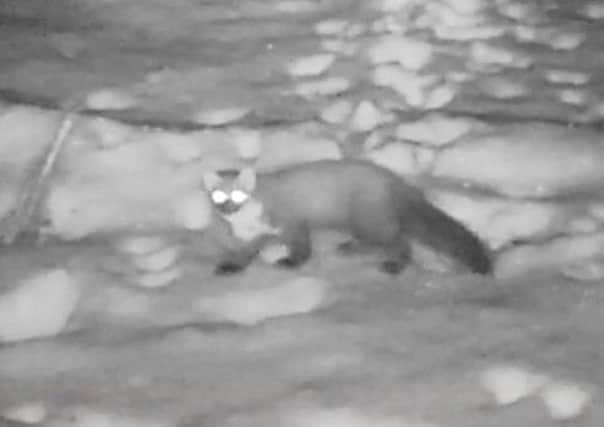Rare pine marten captured on camera in Northumberland


The creature, Britain’s second rarest carnivore after the wildcat, has previously been extinct in England and Wales and the last official record of one in Northumberland dates to around 1905.
But this month, the elusive animal, part of the same family as otters and weasels, was caught on a camera set up by the Back from the Brink project.
Advertisement
Hide AdAdvertisement
Hide AdIt is seen as a species in urgent need of conservation action and the spread into northern England will be an important step in its recovery.
The National Lottery-funded Back from the Brink programme, led by the Vincent Wildlife Trust, aims to prevent the extinction and promote the recovery of more than 200 species across England.
The pine marten project in Northumberland and Cumbria is headed up by Kevin O’Hara, who described the footage as ‘very, very exciting’.
The exact location of the sighting has not been disclosed in order to protect the pine marten at what is a very sensitive time of the year, in terms of breeding, but Kevin revealed that it is ‘not a million miles away from Rothbury’.
Advertisement
Hide AdAdvertisement
Hide Ad“It’s tremendous news,” he added. “I have lived and worked in the region for 20 years and they have been like a mythical beast.
“It’s like finding a Yeti.”
But despite Kevin’s 20-year wait, the project only started in August last year so this discovery represents a fairly rapid success. It is down to two local volunteers who set up cameras following training by Kevin and return to check the footage on a regular basis.
“The whole idea of the project was to identify if they were here and then to gauge the status of the species,” Kevin said. “The other side of the project is education and talking to as many different people as possible about pine martens.”
Kevin says it is most likely that the pine marten came to the county from Scotland as they have been slowly but surely spreading from the south-west.
The next steps will involve trying to capture samples in hair traps, and therefore DNA, to discover exactly where it came from.